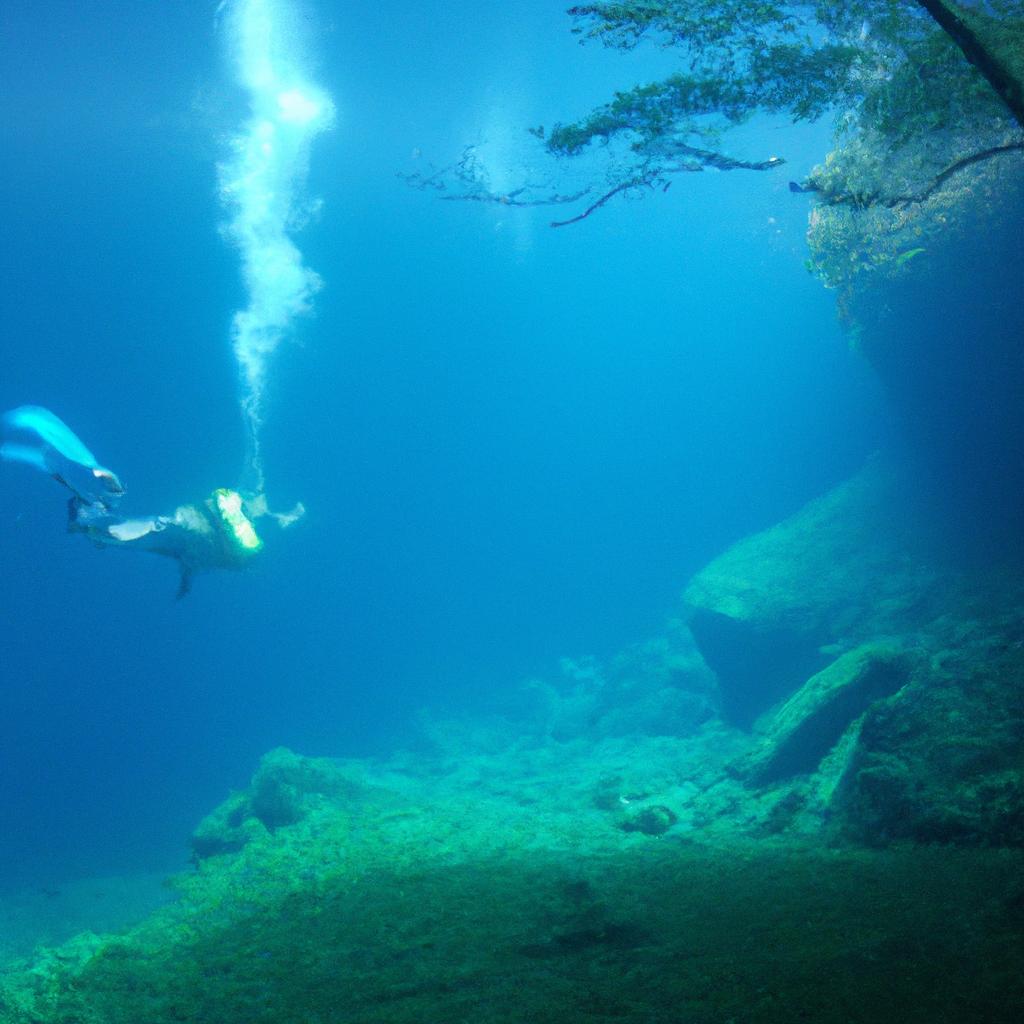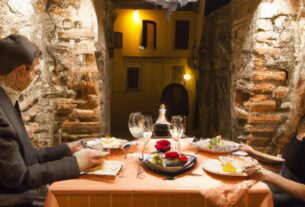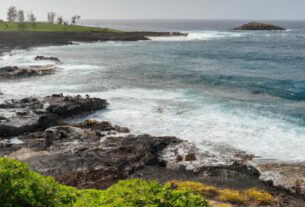Have you ever heard of the Blue Hole in Croatia? Prepare to be mesmerized by this hidden gem of nature, nestled in the heart of the Adriatic Sea. The Blue Hole is more than just a natural wonder; it’s a testament to the awe-inspiring beauty that Mother Nature can create.
A Jewel in the Eastern Adriatic
The Blue Hole, located near the captivating island of Vis, is a destination that nature lovers simply cannot miss. Its significance lies not only in its striking beauty but also in the unique experiences it offers. It serves as a reminder of the power and wonder of our environment, urging us to protect it for generations to come.
Unveiling the Mysteries
Let’s dive into the different aspects of the Blue Hole, from its location and geological wonders to the vibrant marine life and flora that reside there. We’ll also provide valuable information on how to reach this hidden gem and the best time to visit.
Location and Geography
The Blue Hole sits on the eastern side of Vis island, Croatia, boasting a depth of approximately 92 meters below sea level. Surrounding the Blue Hole are majestic cliffs that soar up to 100 meters above sea level, enhancing the grandeur of this natural wonder.
The Blue Hole’s Origins
Formed millions of years ago during the Ice Age when sea levels were lower, the Blue Hole emerged through the erosion of limestone rock by the sea. Over time, the collapse of an underwater cave led to the creation of the circular underwater sinkhole that it is today.
Nature’s Architectural Marvels
The Blue Hole’s claim to fame is its crystal-clear waters, allowing a glimpse of its incredible depths. Its unique geological features result from the porous limestone surrounding it, which permits water to dissolve the rock and form a network of underwater caves and sinkholes. It truly is a sight to behold.
Dive into an Enthralling Adventure
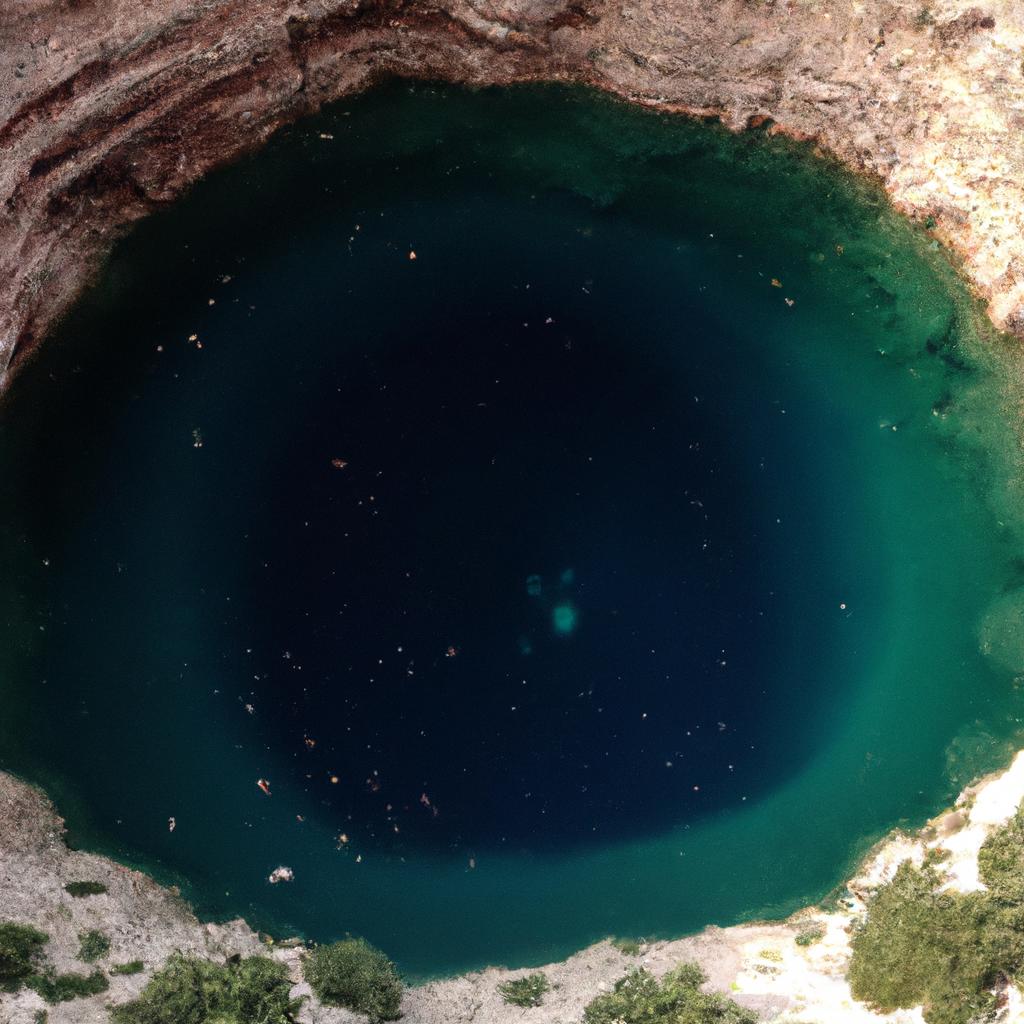
A Journey into the Depths
Diving into the Blue Hole is an unparalleled experience. Its clear waters and unique geological formations make it a mecca for divers seeking adventure. With a natural sinkhole plunging over 100 meters deep and a small opening at the top that allows sunlight to filter through, a mesmerizing blue glow encapsulates the dive.
A World Beneath the Surface
Prepare yourself for an extraordinary encounter with marine life and flora as you descend into the depths of the Blue Hole. Witness the diverse array of fish, corals, and sea creatures that call this underwater paradise home. Underwater photographers will find themselves captivated by the vibrant marine ecosystem.
Safety First
Diving into the Blue Hole requires proper training and experience due to its technical nature. The water temperature ranges from 14-18°C, necessitating appropriate thermal protection. It’s advised to dive with professional centers experienced in exploring the Blue Hole. Remember to adhere to safety guidelines, perform pre-dive checks, and always have a dive buddy.
A Kaleidoscope of Marine Life and Flora
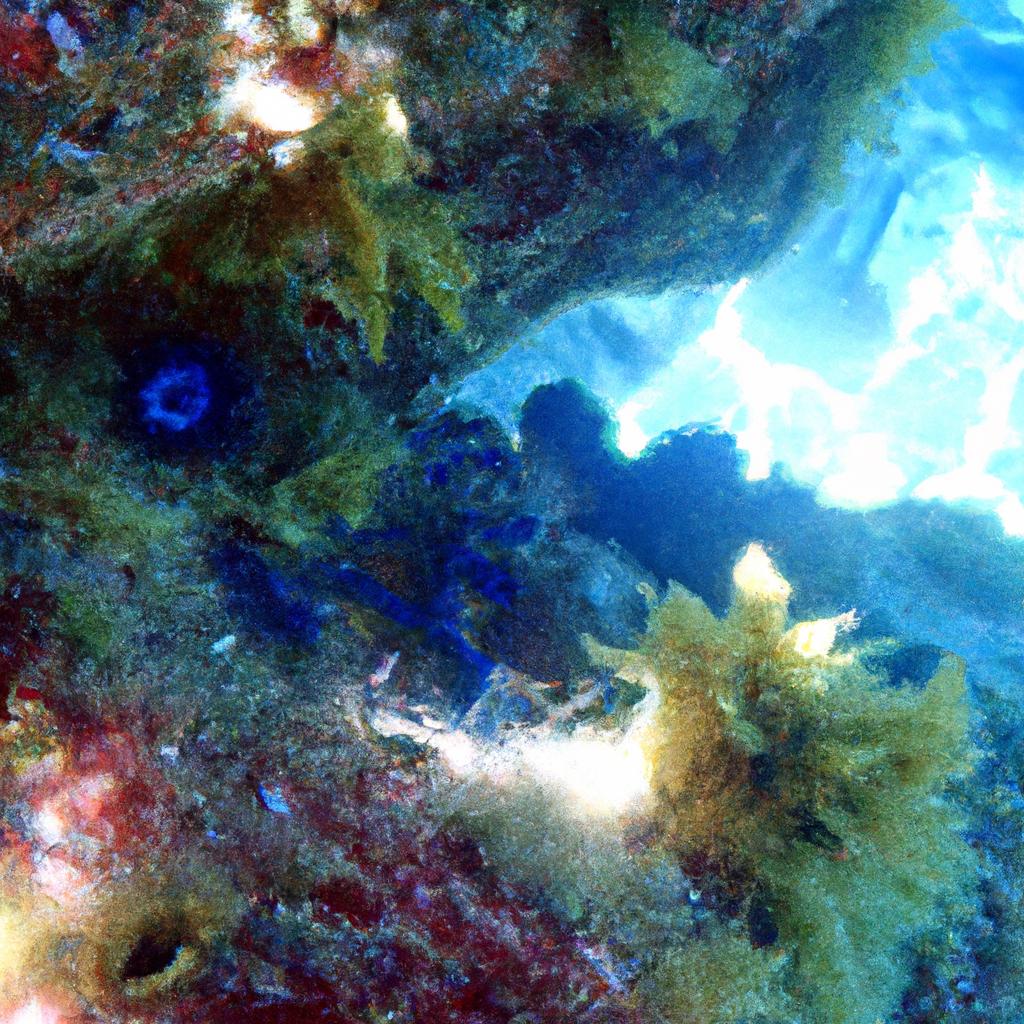
The Blue Hole not only showcases geological wonders but also supports a diverse marine ecosystem and unique flora.
A Delight for Divers
Divers are treated to an extraordinary display of marine life. Schools of fish, including groupers, snappers, and barracudas, enchant divers with their vibrant colors. Lobsters, crabs, and octopuses find refuge in the hidden crevices of the rocks. Colorful corals and sea anemones add a touch of magic to the underwater landscape.
Flourishing Flora
The Blue Hole’s underwater caves and crevices provide a welcoming habitat for various species of algae, seagrasses, and seaweeds. Notably, the endemic Posidonia oceanica seagrass plays a vital role in maintaining the ecosystem. This seagrass supports the diverse marine life and ensures water clarity in the Blue Hole.
Protecting the Ecosystem
Preserving the delicate ecosystem of the Blue Hole is crucial for biodiversity maintenance. Responsible tourists must respect the rules and regulations set by the local authorities. Ensure that water clarity is maintained by minimizing any disruptions to marine life and flora that call this enchanting place home.
Unveiling the Mystique: Tourism and Travel
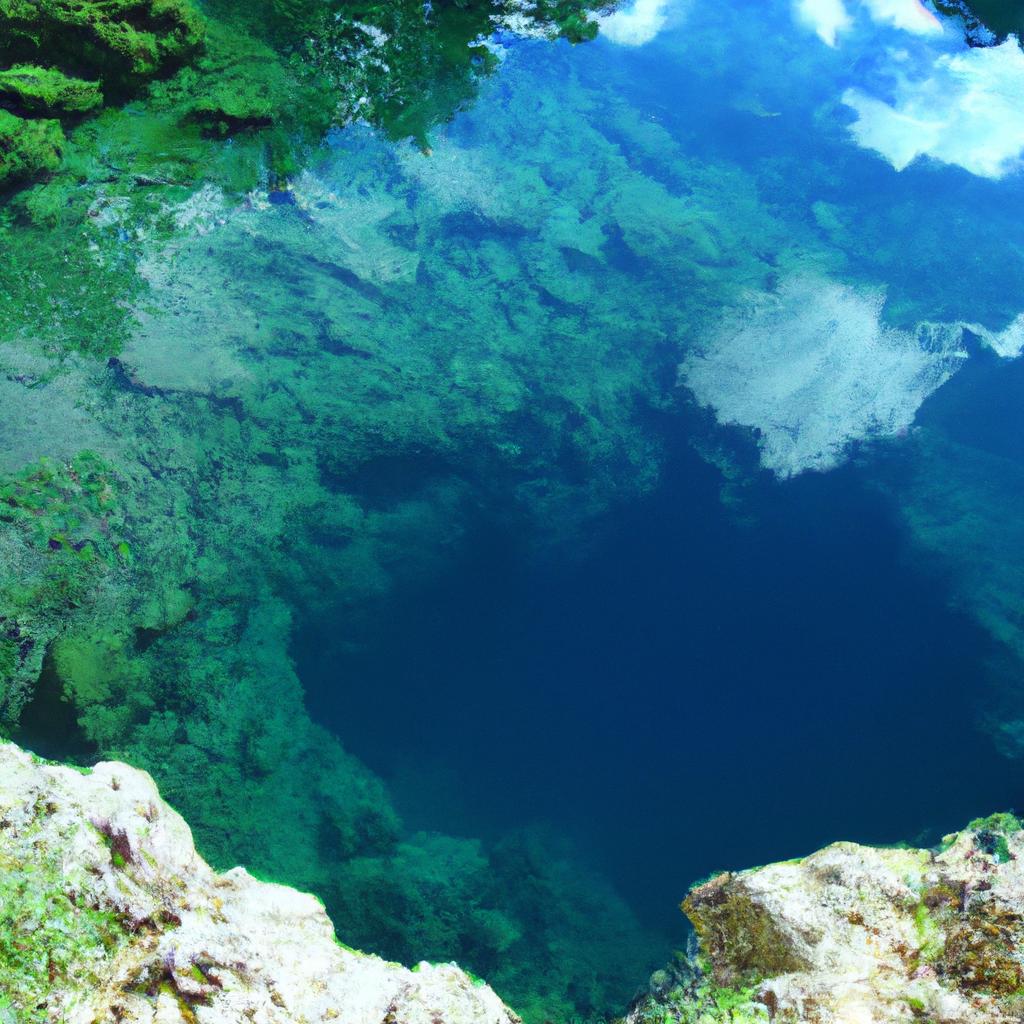
Journeying to the Blue Hole
Accessing the Blue Hole requires a bit of planning due to its remote location. The ideal way to reach this natural wonder is by boat, with several tour operators offering trips to the area. Komiza, a picturesque town on Vis island, is a popular starting point for these excursions.
Time Your Visit
The best time to visit the Blue Hole is during the summer months, from June to September. These months offer warm weather and calm seas, making it perfect for a dive. However, keep in mind that this is peak tourist season, and the Blue Hole can get crowded. For a more tranquil experience, consider visiting in May or October during the shoulder season.
Accommodation and Nearby Attractions
Komiza provides a range of accommodation options, whether you prefer hotels, apartments, or cozy guesthouses. For a secluded experience, private villas are available for rent on Vis island. Beyond the Blue Hole, don’t miss the chance to visit the nearby island of Bisevo, home to the renowned Blue Cave. The historical town of Vis and the picturesque beaches and coves of Vis and Hvar islands will also captivate you.
Capturing Nature’s Pristine Beauty
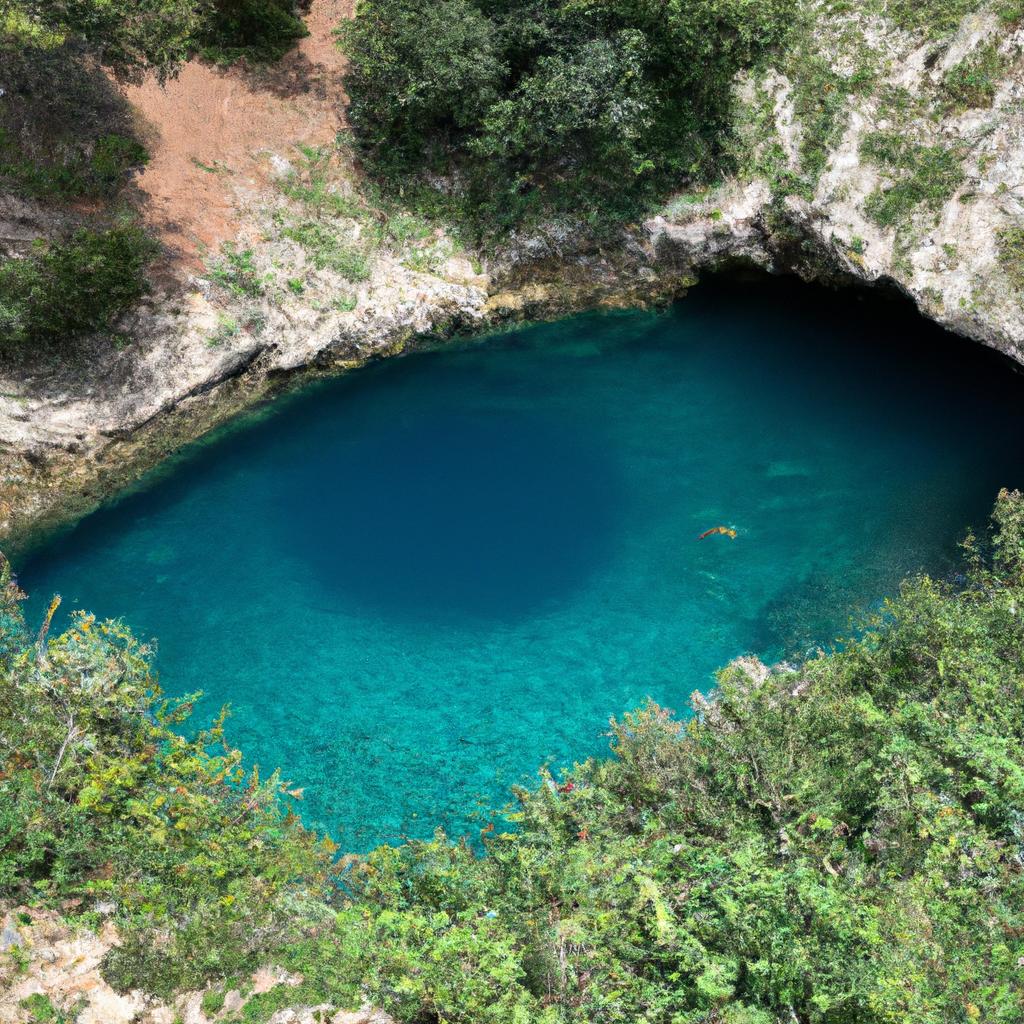
To conclude, the Blue Hole in Croatia stands as a hidden gem of nature, beckoning you to embrace its enchantment. It offers a unique experience that connects us to the awe-inspiring wonders of the natural world.
At TooLacks, we strive to inspire exploration and appreciation of our planet’s beauty. We genuinely hope this article has ignited your desire to embark on an adventure to the Blue Hole and witness its magic firsthand.
Remember to plan your visit in advance, respect the environment and its inhabitants, and together, let’s preserve our planet’s natural wonders for generations to come.
For more information about the Blue Hole in Croatia, explore the following sources:
